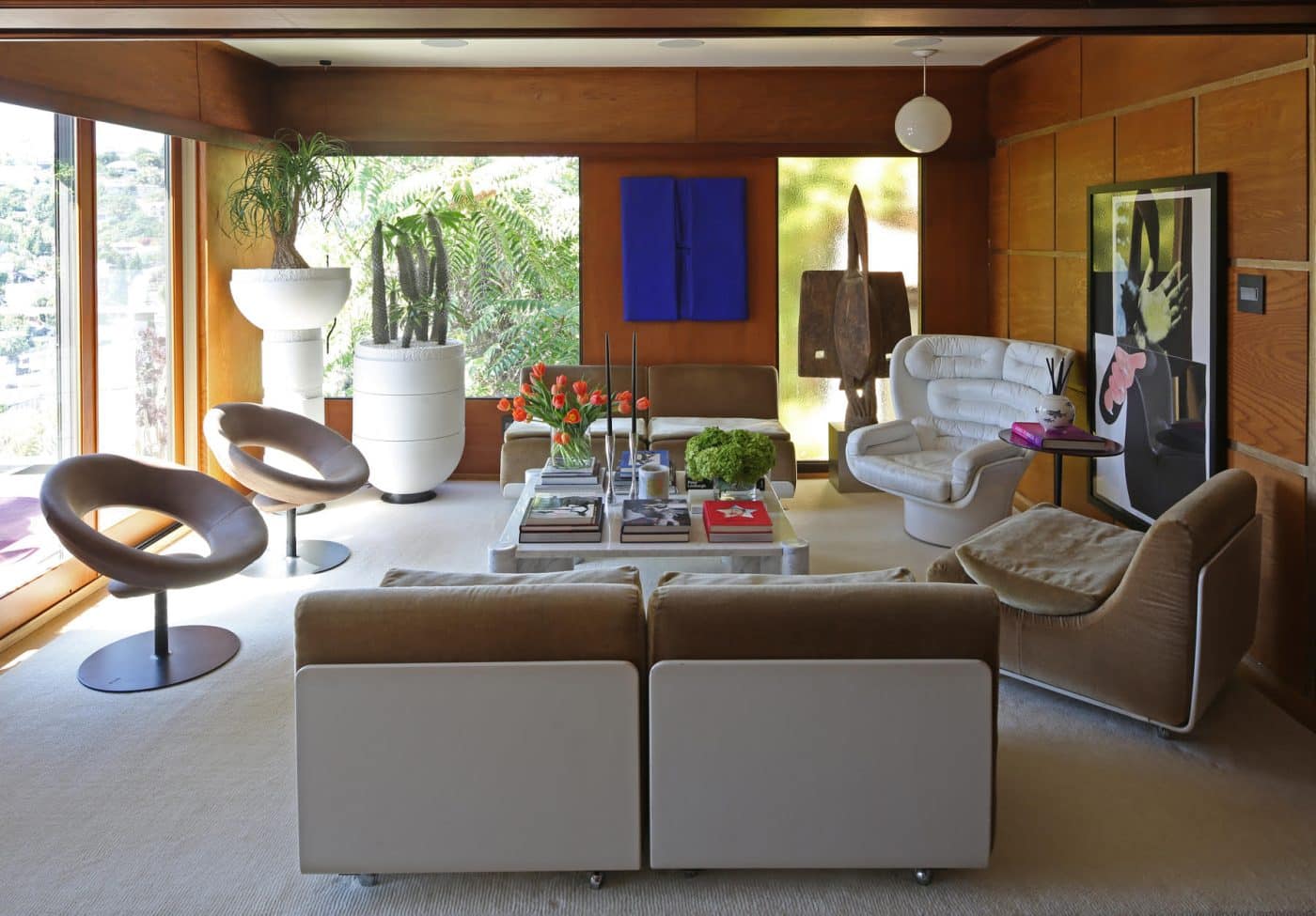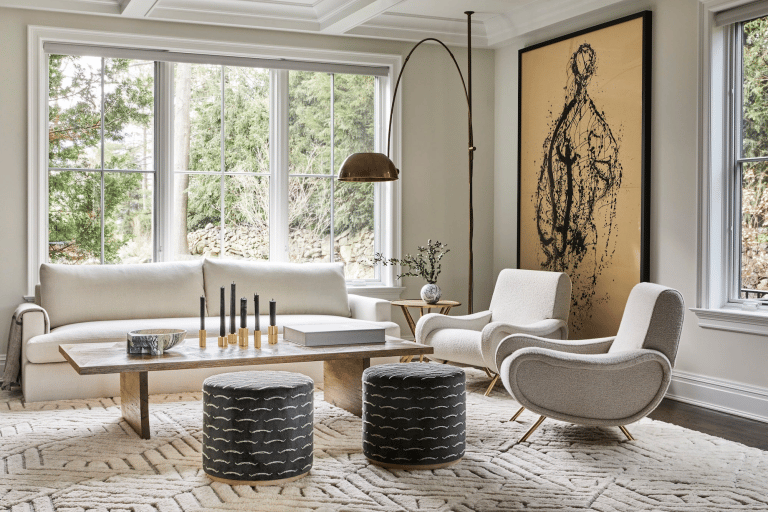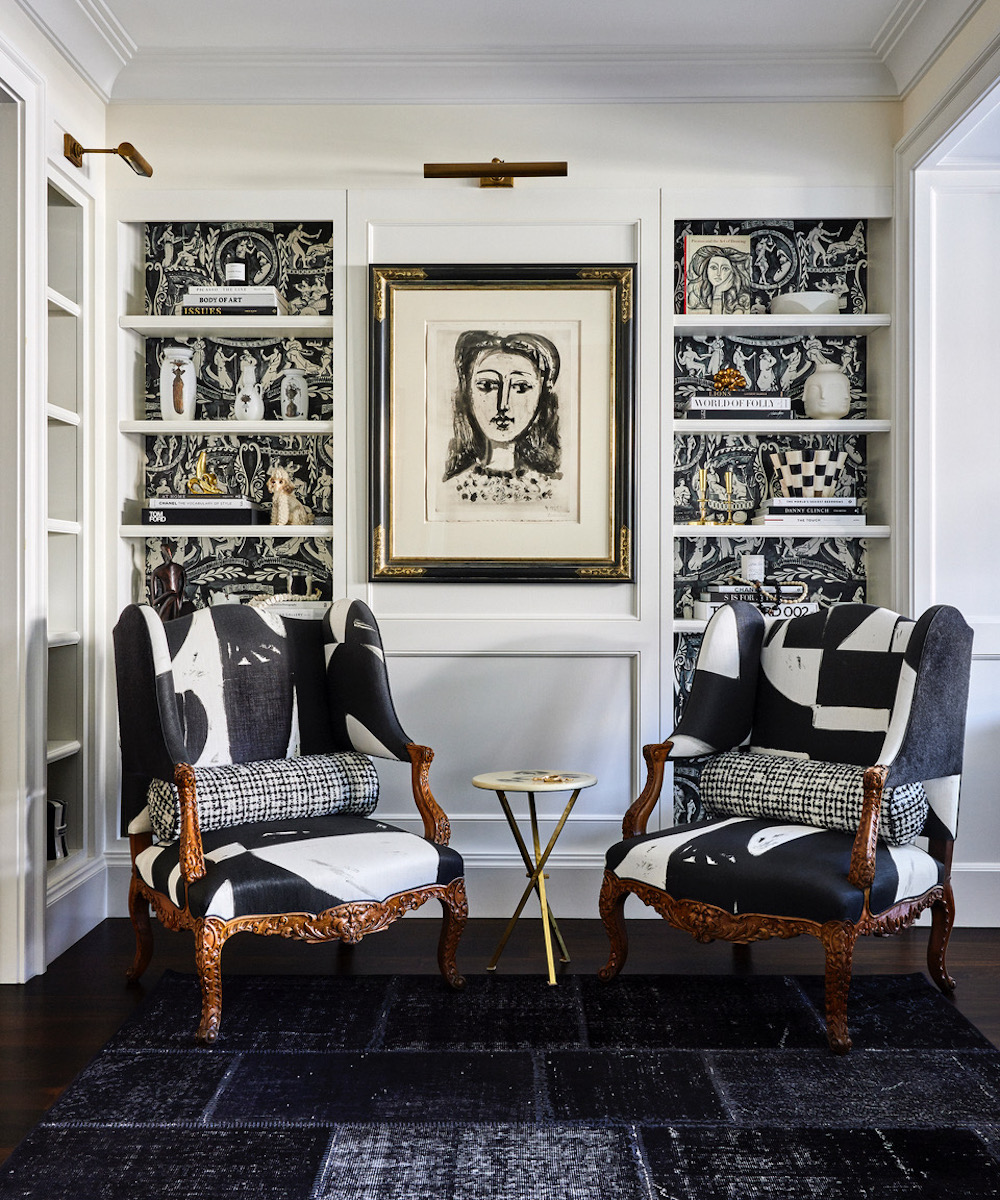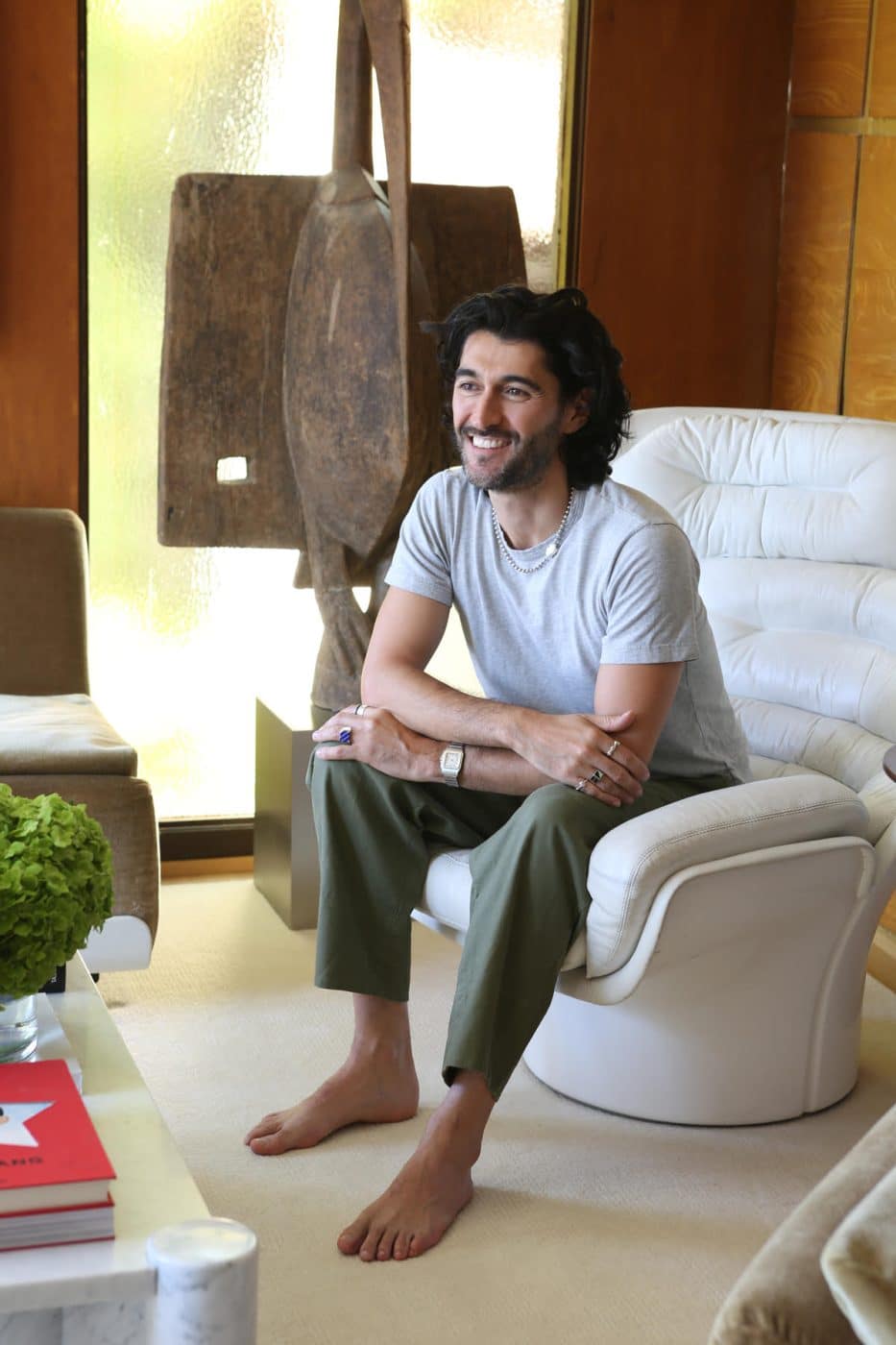
January 29, 2023The actor-handsome Giampiero Tagliaferri moved from Milan to Los Angeles in January 2016. But unlike many new arrivals in Hollywood, he didn’t come to work in the film industry. At the time, he was the creative director of the chic eyeglass company Oliver Peoples.
The Italian-based chain, owned by parent company Luxottica, got its start in Los Angeles selling vintage eyewear on Sunset Boulevard. However, it was in Milan that Tagliaferri’s role expanded from designing the glasses to crafting store interiors and marketing campaigns, as well as overseeing both the PR and social media teams.
Under his watch, Oliver Peoples grew from 9 boutiques to 41, and Tagliaferri found himself collaborating intensively with architects and designers on the new stores. He discovered a talent for the work, even though his training was in business administration (he completed a master’s program in the management of fashion and design, which included classes in industrial design).
“When I was designing stores for Oliver Peoples, I realized that I really enjoyed it, and I was excited by having an empty box that I could layer and structure,” he says. “After the opening of the Milan boutique, a lot of people from the design industry gave me enthusiastic feedback and pushed me to start my own studio.”
Once he settled in Los Angeles, he decided to follow his bliss and take on interior design work while changing his role at the company to that of a consultant. Tagliaferri’s solid background in administration as well as design equipped him to see interiors projects through all their stages, which may explain why he’s been so in demand.
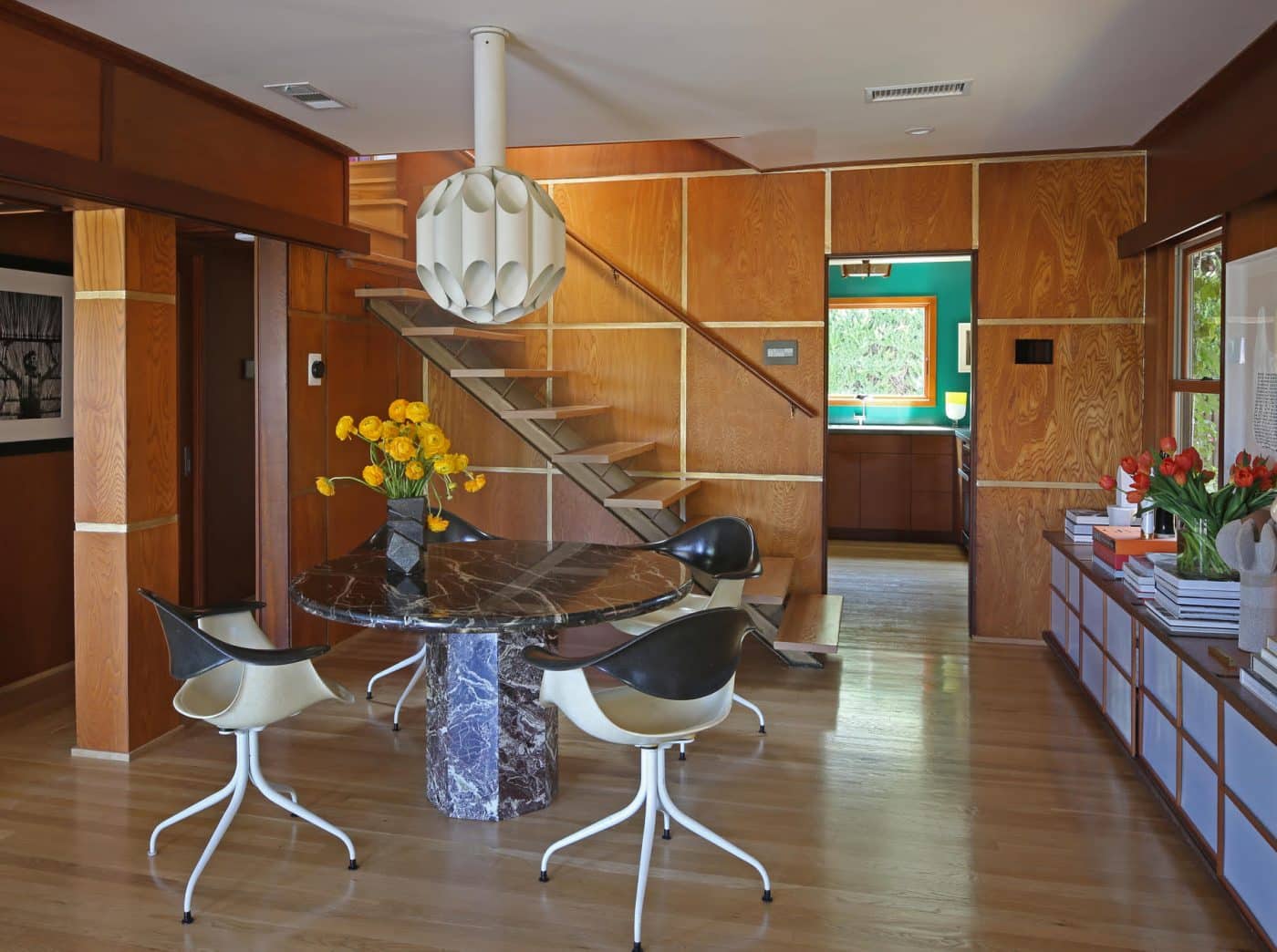
“I wasn’t expecting to have this much work so quickly, especially as this was a choice motivated by passion rather than a career move,” he explains.
“People came because they liked the way I incorporated the DNA of Italian design into a laid-back Californian style,” he adds. “We live in a more global world today. We are exposed to so much, to so many images. I do the editing and put interiors together in a way that makes sense.”
From his house in L.A.’s Silver Lake neighborhood, Tagliaferri talks with Introspective about his new career.
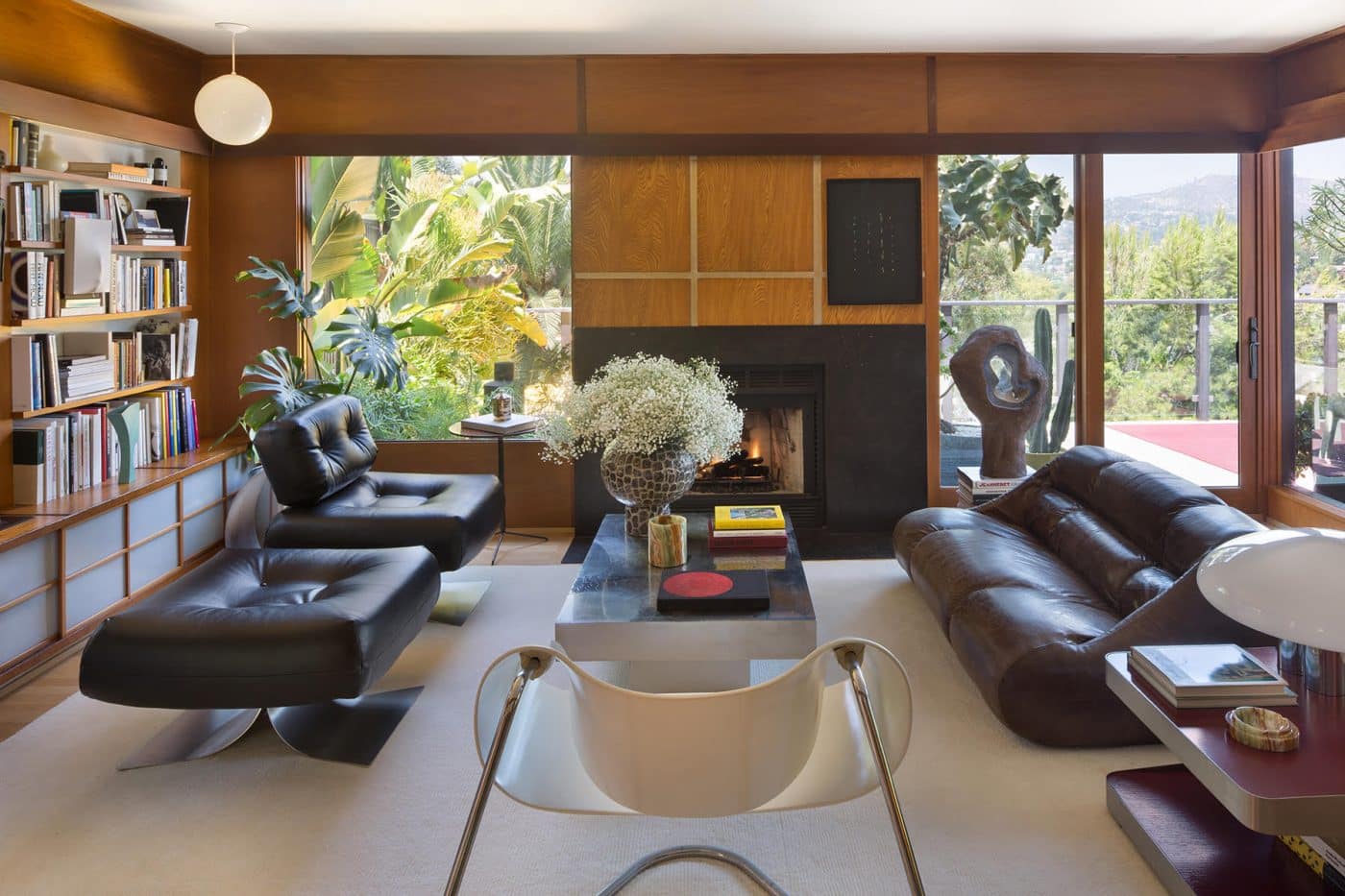
When you moved to Los Angeles, did you have to do a lot of work on your home?
Not really. It was in good shape, I just had to furnish it. The house was built in 1939 by E. Richard Lind, a colleague of Rudolph Schindler, who designed several houses and apartment buildings in the area. I brought in my collection of twentieth-century furniture, which includes pieces by Cesare Leonardi and Franca Stagi, plus I found an ottoman by Oscar Niemeyer on 1stDibs.
Where do you find inspiration?
Everywhere — books and vintage references and people I admire from the nineteen fifties and sixties. I grew up in Milan, and it was a big part of my formative years. I was surrounded by a certain aesthetic, which you absorb. It is an austere city, damaged during World War II and rebuilt in the nineteen fifties and sixties. It’s very modern but contains layers from the ancient past, which becomes a particular aesthetic.
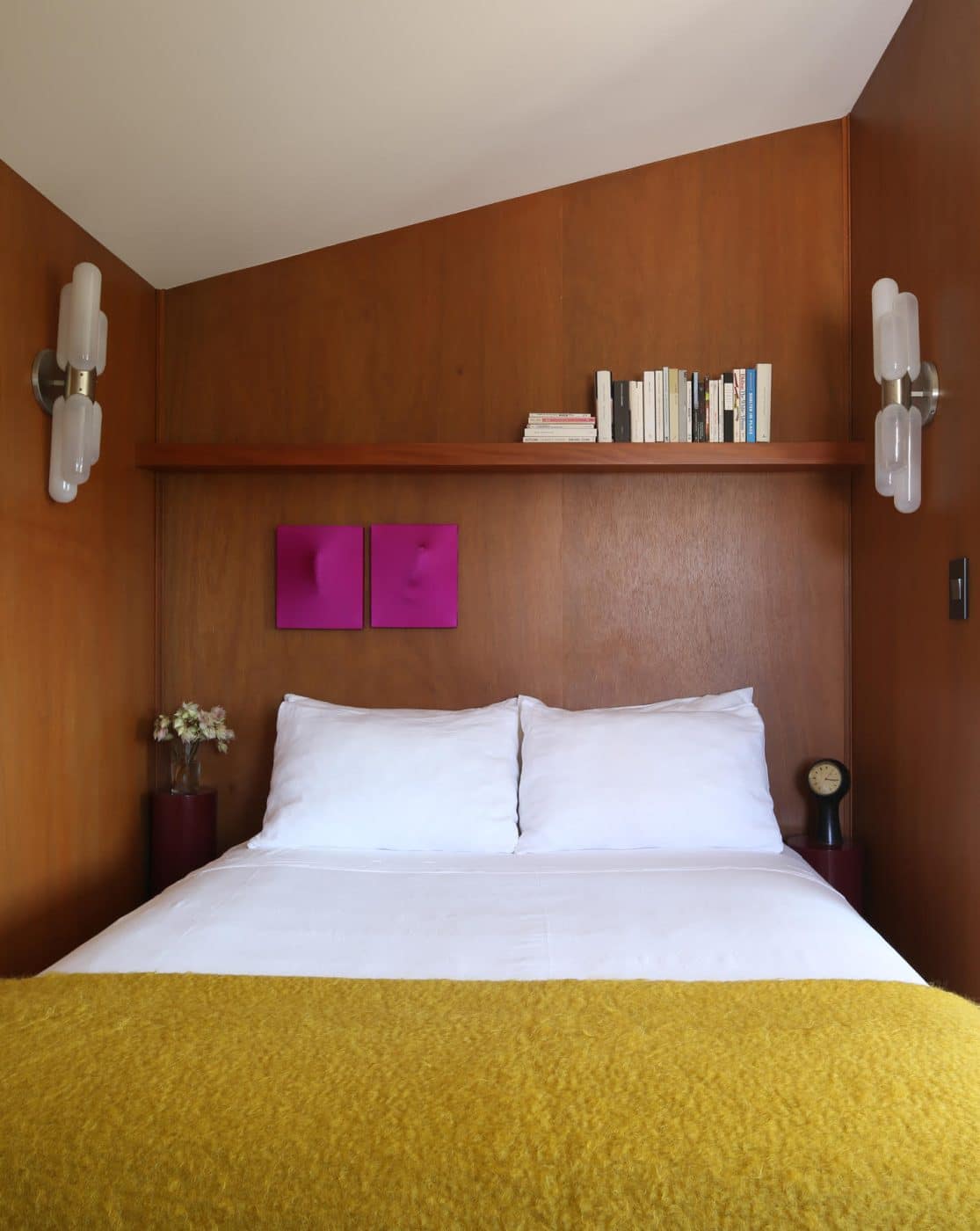
Who are your favorite artists?
The art group ZERO, which includes Lucio Fontana and Agostino Bonalumi. They take a minimalistic approach. The work is mostly monochromatic and sculptural — sometimes just a single block of color. This really resonates with me.
Who is your favorite furniture designer?
There isn’t just one. Most of them are Italian, from the nineteen sixties and seventies — Gae Aulenti, Vico Magistretti and Joe Colombo, as well as Carlo Scarpa. Also Angelo Mangiarotti and the Polish-Brazilian architect and designer Jorge Zalszupin.
I love Gae Aulenti’s approach to industrial design. She was able to create a new design language that helped to define the unique style of Italian design of the nineteen sixties, seventies and eighties, while Mangiarotti’s forms are minimal and complex at the same time.
I would say that Joe Colombo was one of the biggest innovators in the design world, and Zalszupin is probably my favorite of all the super-talented Brazilian designers. When I add some of his pieces to a project, I always feel they are the perfect last touch to make a room effortless and chic.
What is your favorite design style or period?
There was a big exhibition at the Museum of Modern Art in 1972 called “Italy: The New Domestic Landscape,” which showed Italian furniture from the nineteen sixties and seventies. It was so shocking for the public to see furniture in new materials like plastics, colored plexiglass and stretch fabrics. This was a pivotal moment that influenced the rest of the nineteen seventies.
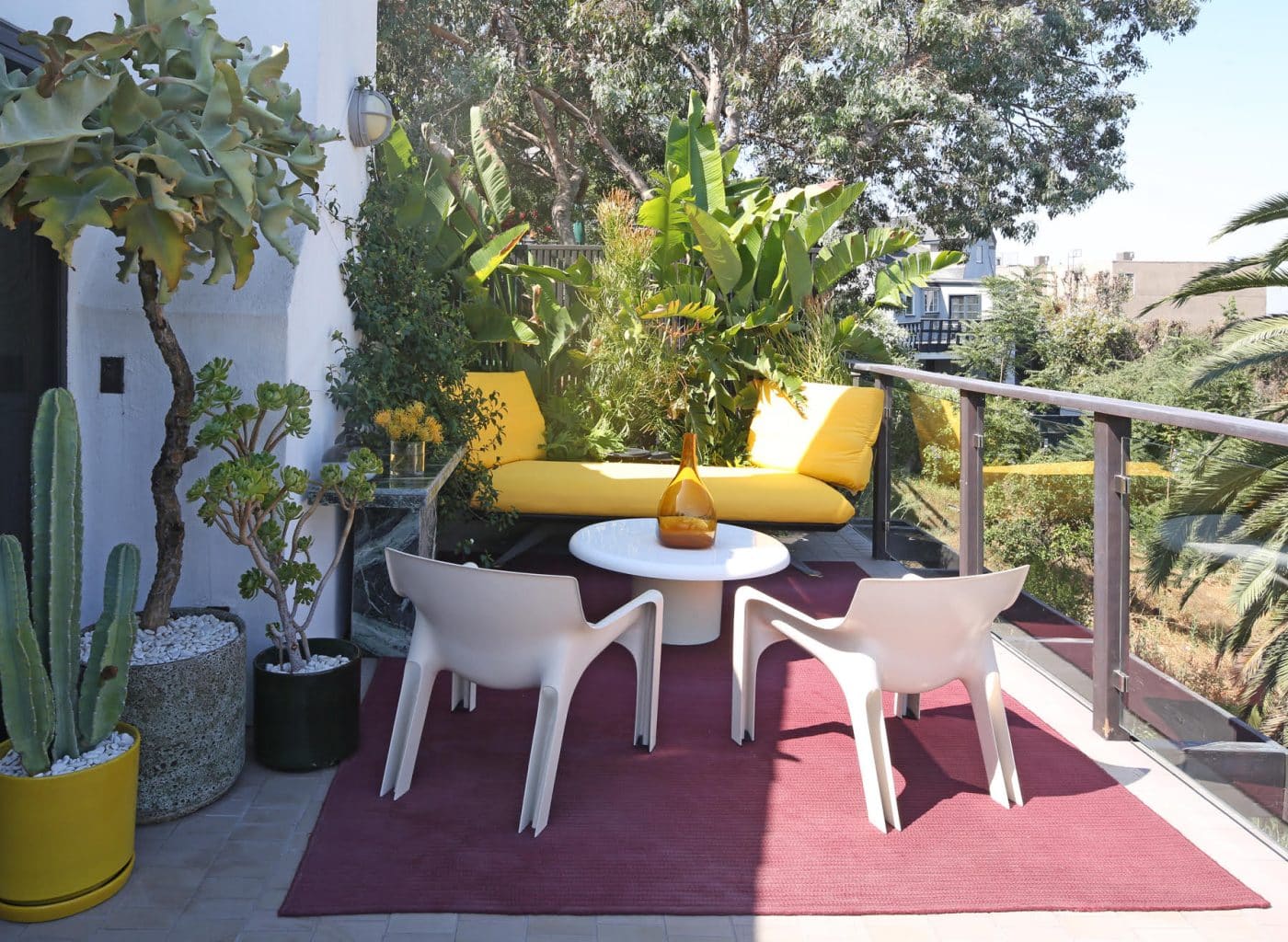
Who are the architects you most admire?
Here in California, I like John Lautner, while elsewhere I admire Gio Ponti, Oscar Niemeyer and Carlo Scarpa, as well as Paul Rudolph, who was based mainly in New York. Most of my favorite architects are Italian from the nineteen sixties and seventies or have a strong personal style.
What is your favorite historic house?
Silvertop, the home in Silverlake by John Lautner, which is a masterpiece. His style embodies all the best elements of Californian modernism: the light, the correlation between indoor and outdoor, the unique shapes of the buildings. And there’s a constant playfulness in his architecture.
And then, I love the penthouse floor of the Palazzo Pucci, in Florence, designed by Gae Aulenti. She understood the heritage of the building but added a completely new and unique layer that contrasts but also holds a strong dialogue with the original structure from the fifteen hundreds.
She used the same approach in her renovation of the Musée d’Orsay, in Paris. The only contrast color in the interior is the terracotta-red pillows, which create a dialogue with the traditional tiles on the roof.
